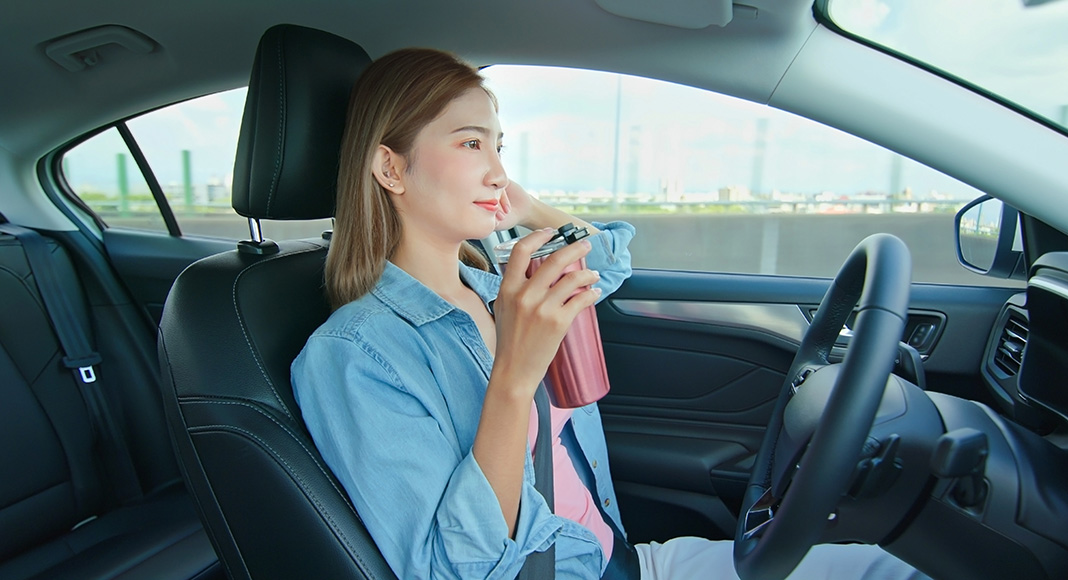Drivers who use partial automation on a regular basis often treat their vehicles as fully self-driving despite widespread warnings and numerous high-profile crash reports, a new study has claimed.
In the report, by the Insurance Institute for Highway Safety (IIHS), regular users of Cadillac Super Cruise, Nissan/Infiniti ProPILOT Assist and Tesla Autopilot said they were more likely to perform non-driving-related activities like eating or texting while using their partial automation systems than while driving unassisted. More worrying, 53 percent of Super Cruise users, 42 percent of Autopilot users and 12 percent of ProPILOT Assist users said that they were comfortable treating their vehicles as fully self-driving.
âThe big-picture message here is that the early adopters of these systems still have a poor understanding of the technologyâs limits,â said IIHS President David Harkey. âBut we also see clear differences among the three owner populations. Itâs possible that system design and marketing are adding to these misconceptions.â
The organization said none of the current systems were designed to replace a human driver or to make it safe for a driver to perform other activities that take their focus away from the road.
Track tests and real-world crashes have provided evidence that todayâs partial automation systems struggle to recognize and react to many common driving situations and road features, said the IIHS. The organisation said previous research had also shown that the high level of assistance they provide makes it hard for drivers to remain engaged and tempts them to turn their attention to other things.



















